Pyramids of Giza: Cairo

Explore the ancient civilization that flourished on the banks of the Nile River, where Africa, Europe, and Asia intersected. This 5,000-year-old civilization is home to mythical stories, pharaohs, gods, pyramids, mummies, and hieroglyphics. Known as the Kingdom of Egypt, it began in 3100 BC with the unification of Upper and Lower Egypt under the first Pharaoh, Narmer, who established the first of 30 ruling dynasties.
Historians have divided Egypt’s history into various Periods/Kingdoms, with the Old Kingdom (Age of the Pyramids), Middle Kingdom (reunification of Egypt), and New Kingdom (peak of power) considered the golden ages. Following each kingdom’s collapse, a period of unrest and political turmoil, known as the Intermediate Periods, ensued until a new ruling dynasty reclaimed power and ushered in a new age of prosperity. Egypt fell under the rule of the Persian Empire in 525 BC, followed by the Greeks under Alexander the Great in 332 BC, and then became a province of the Roman Empire in 30 BC after the death of the last reigning pharaoh, Cleopatra.
The current capital of Egypt, Cairo, is home to 20 million people, making it the largest city in Africa and the sixth-largest in the world. “Historic Cairo,” declared a UNESCO site in 1979, contains a wealth of historic architecture, including the Citadel, which was founded in the 10th century following the Fatimid Caliphate’s conquest. The Fatimids were of Arab origin and made Egypt the center of their caliphate, ruling much of North Africa from the Red Sea to the Atlantic Ocean. Saladin, the first Sultan of Egypt and founder of the Ayyubid Dynasty, conquered the Fatimids in the 12th century and began construction of the Citadel.
Over the centuries, the Citadel has been modified and adapted to suit the ruling regime’s needs, serving as the residence of rulers and the seat of government until the 19th century. Muhammad Ali, the de facto ruler of Egypt at the time, commissioned an Ottoman-style mosque with two minarets, four small domes, and four semi-circular domes around a main dome, which replaced many of the Citadel’s original buildings. Across from this mosque is a 14th-century mosque built by Sultan al-Nasir Muhammad. Today, the Citadel is open to the public and contains several museums and mosques, including a military museum, carriage museum, police museum, and a palace housing a 1000kg chandelier gifted by Louis-Philippe I of France.
Want to join this challenge? Click here.
More from the Pyramids of Giza Challenge:


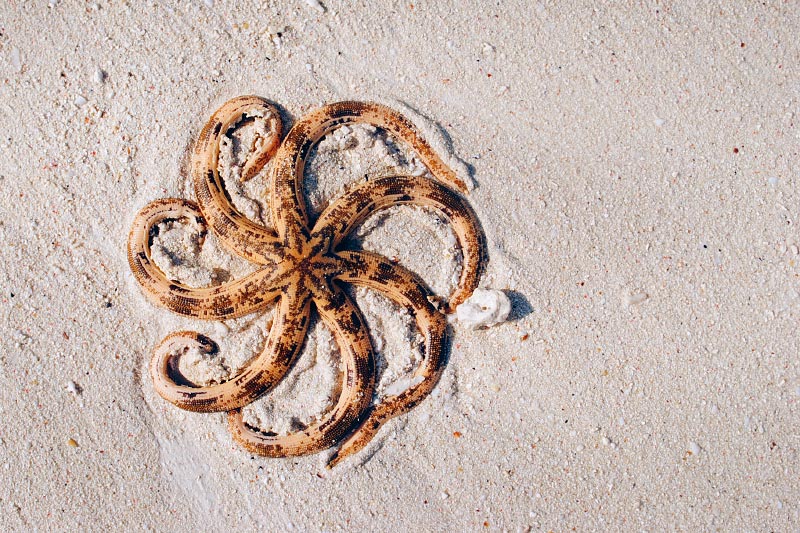
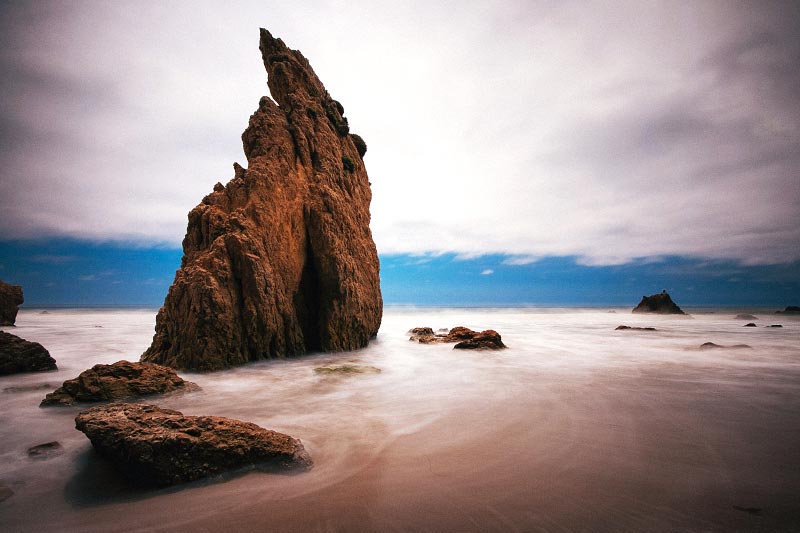
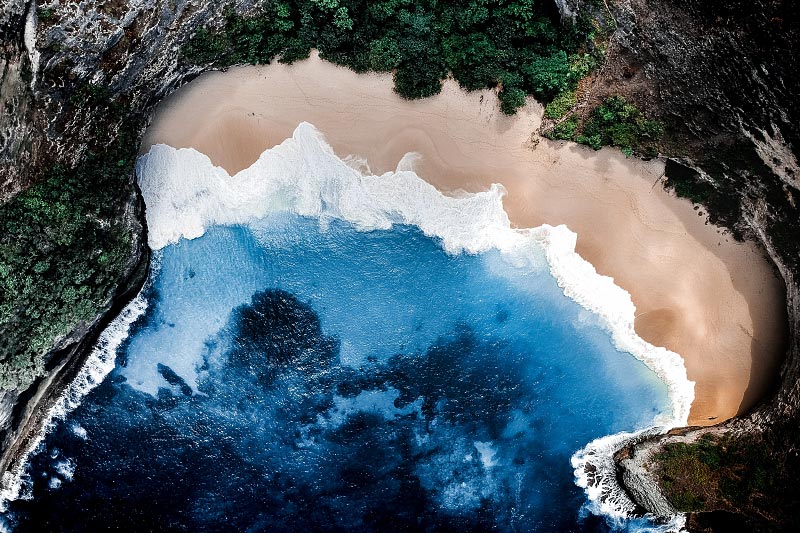
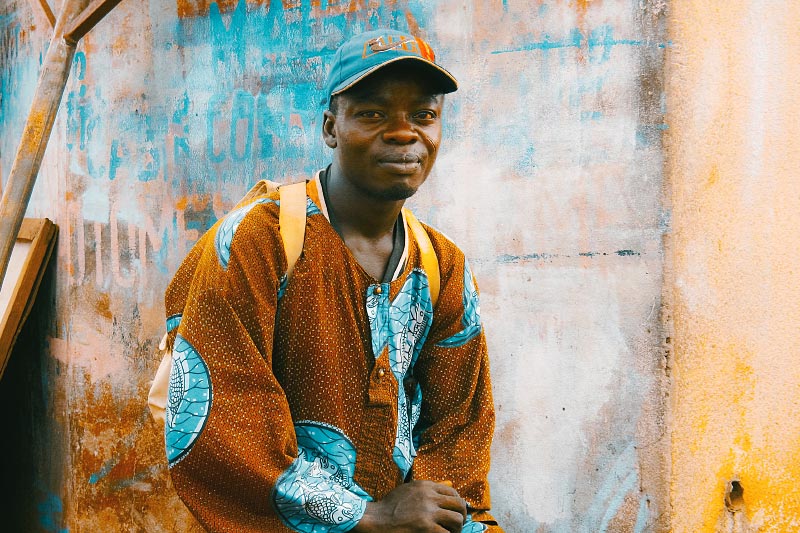
Keep In Touch